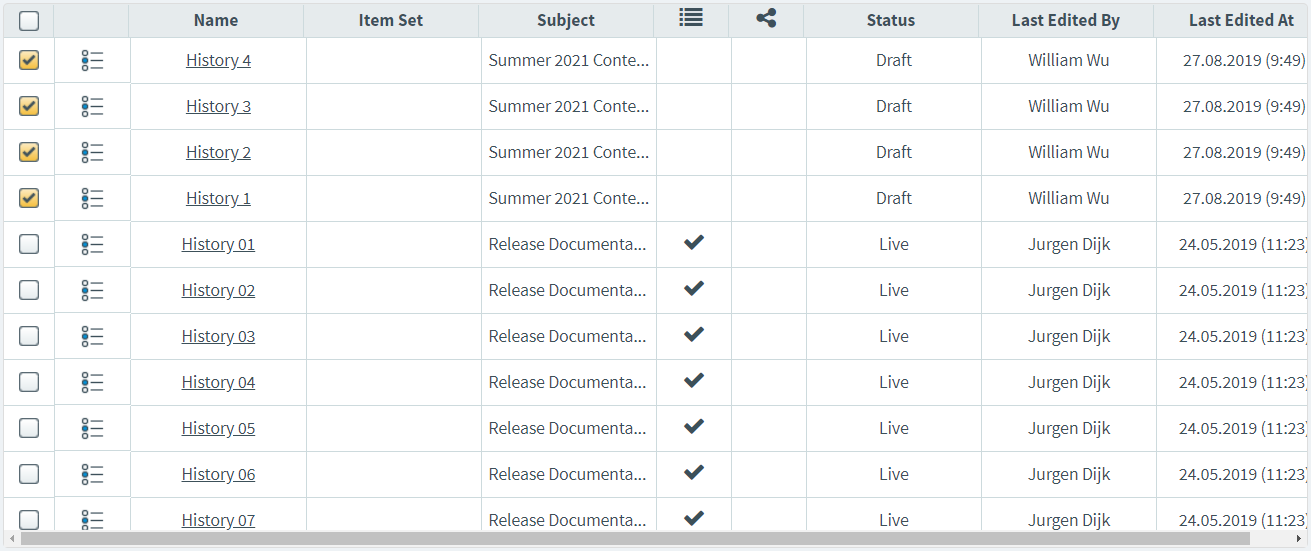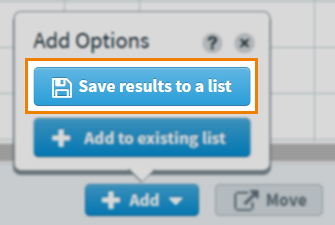Preparing for tasks
The Tasks section of Surpass allows you to create, manage, and complete assignments. You can use tasks to create and review items and use deadline tools to manage projects outside of the system.
Before a task can be created, you must ensure that your team members have the necessary permissions and that certain task-specific elements are set up correctly.
This article explains the required prerequisites for Authoring tasks, Review tasks, Standard Setting tasks, and General tasks, including user permissions, item lists, and item owners.
In this article
Prerequisites for each task type
Each task type in Surpass requires different components to be set up before creating the task. Refer to the following table to see what is required for each task type and read the relevant sections in this article to learn more.
| Authoring tasks | Review tasks | Standard setting tasks | General tasks | |
|---|---|---|---|---|
| Manager permissions | ||||
| Assignee permissions | ||||
| Item lists | ||||
| Item owners |
Setting up permissions for task users
In Tasks, managers create jobs for assignees to work on. To make a user a manager or an assignee, you must give them a role that contains the relevant permissions.
By default, the only Tasks role is Task Administrator. This gives users all Tasks-related permissions, making them both a manager and an assignee for all task types. Users with both manager and assignee permissions can create and edit tasks as a manager and work in tasks as an assignee.
To create specific manager and assignee roles, you must create a custom role using the permissions below. For more information on creating custom roles, see Creating a role.
| Permission | Description |
|---|---|
| General Manager | Allows the user to create and edit General tasks. |
| Review Manager | Gives the user the Create Review Tasks and Export Items permissions. |
| Create Review Tasks | Allows the user to create and edit Review tasks. |
| Export Items (Review Tasks) | Allows the user to export a Review task as a Word document. |
| Authoring Manager | Allows the user to create and edit Authoring tasks. |
| Standard Setting Manager |
Gives the user the Create Standard Setting Tasks and Export Items permissions. |
| Create Standard Setting Tasks | Allows the user to create and edit Standard Setting tasks. |
| Export Items (Standard Setting Tasks) | Allows the user to export a Standard Setting task as a Word document. |
| Comment Manager | Allows users to add private comments to items and delete existing public and private comments. |
| General Assignee | Allows the user to be assigned to General tasks. |
| Review Assignee | Allows the user to be assigned to Review tasks. |
| Authoring Assignee | Allows the user to be assigned to Authoring tasks. |
| Standard Setting Assignee | Allows the user to be assigned to Standard Setting tasks. |
Creating item lists (Authoring, Review, and Standard Setting tasks)
Authoring, Review, and Standard Setting tasks require an item list containing the items that will be authored or reviewed during the task.
Use Item Search to find the items that you want to review or author. Read Searching for items with Item Search for to learn how to use Item Search.

Select the items you want to add to a list. To save the items to a list, select Add > Save results to a list . For more information, read Creating an item list using Item Search.

Setting up item owners (Authoring tasks)
Authoring tasks require assignees to be made owners of their respective items before the task is created. This is because each user will be working on their own individual items.

There are three ways to change an item’s Owner:
- Edit each item individually. See About item owners.
- Use bulk update. See Using Bulk Update.
- Define the Owner when importing a spreadsheet of items. See Importing items from other sources.
For more information about how item owners affect Authoring tasks, read Creating an Authoring task.
Further reading
To learn more about Tasks, read the following articles:
